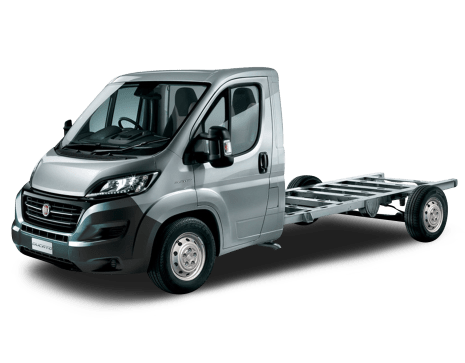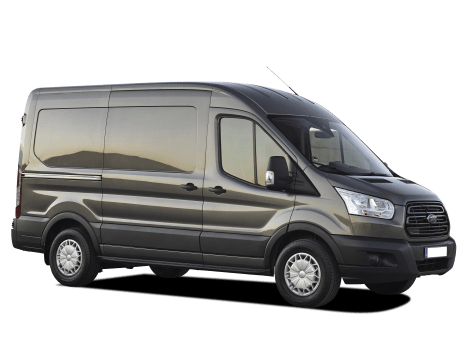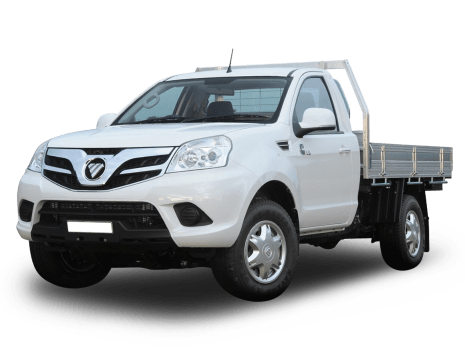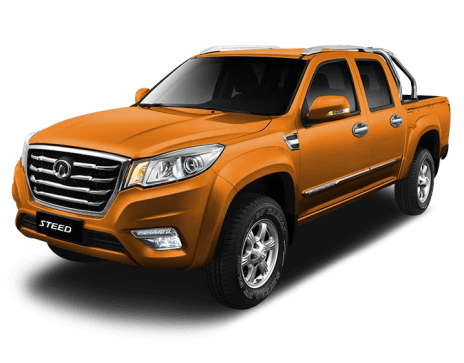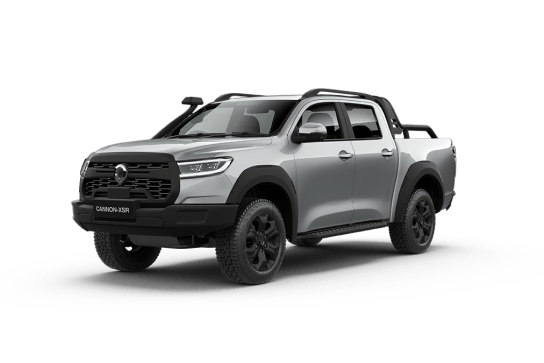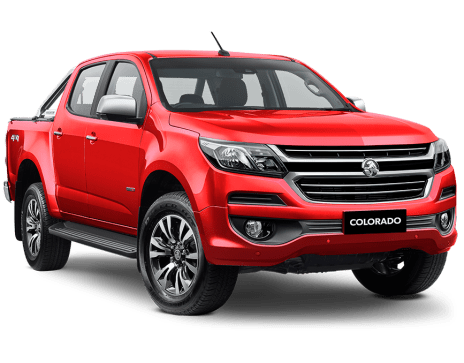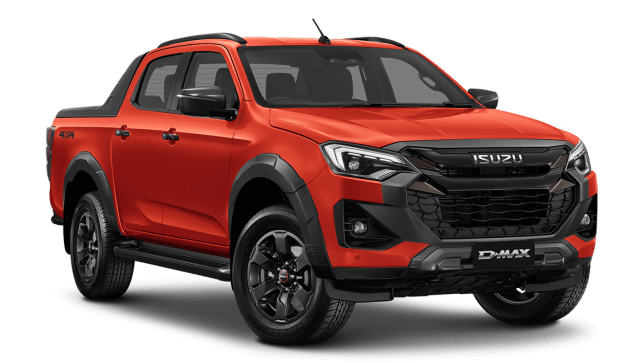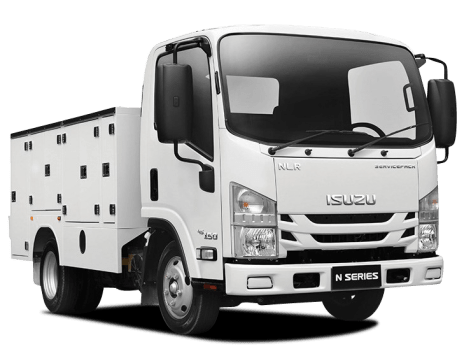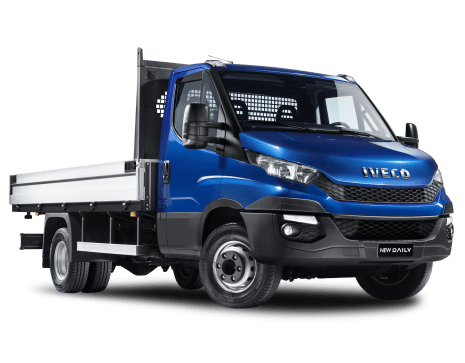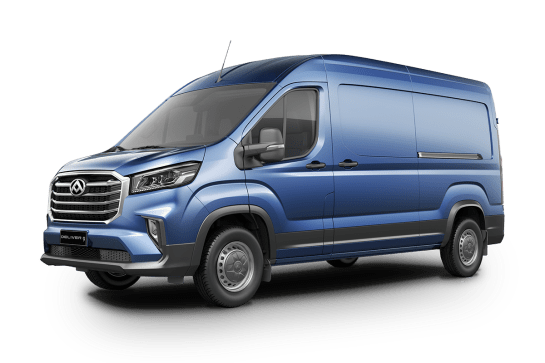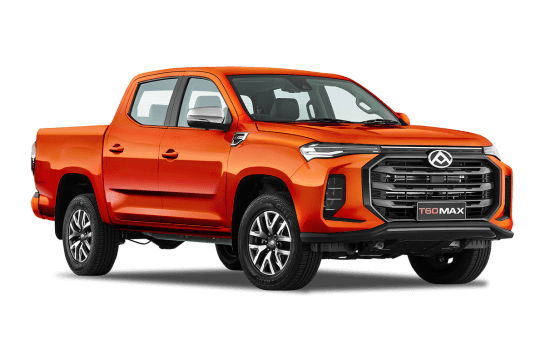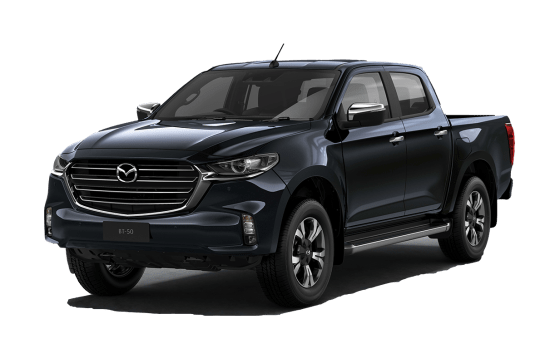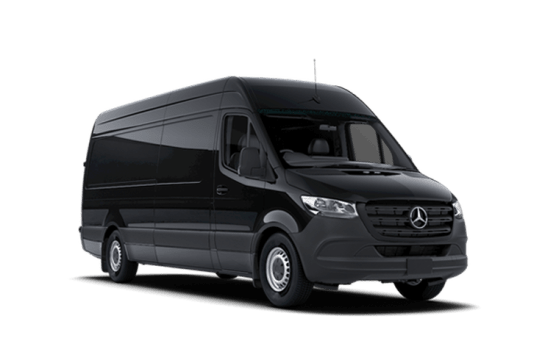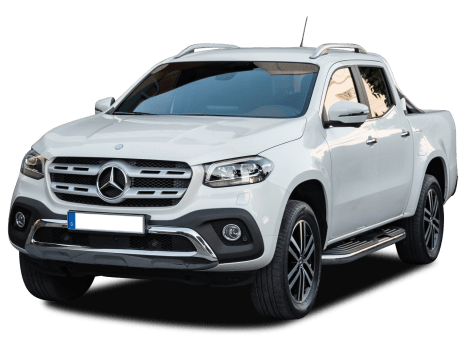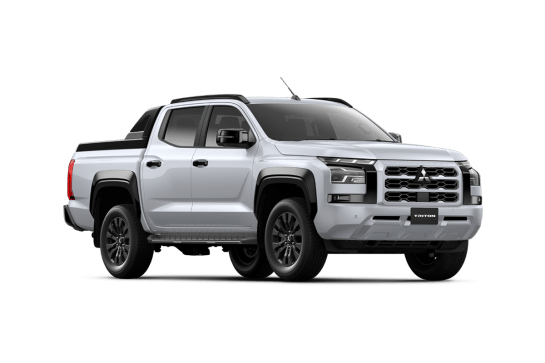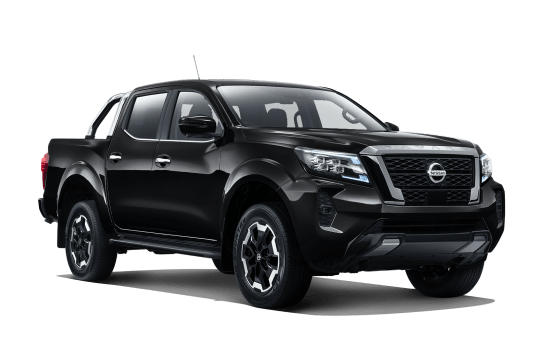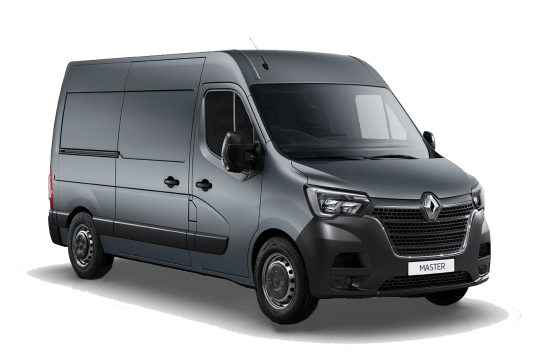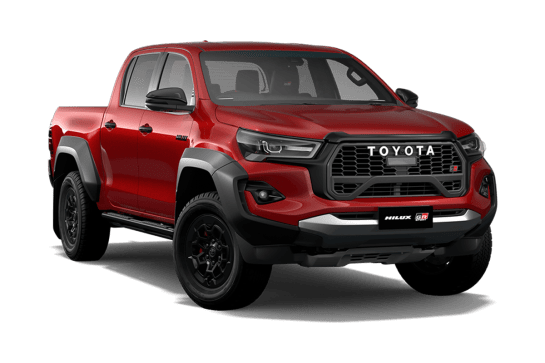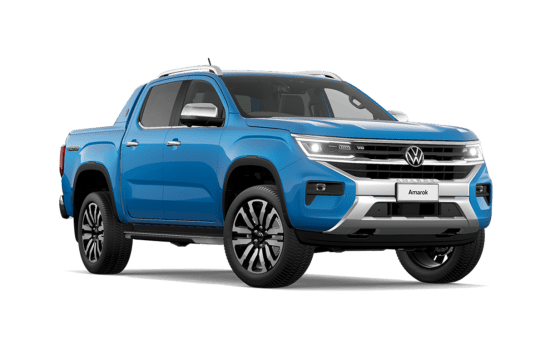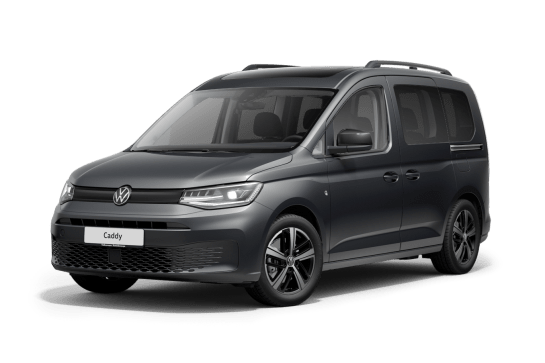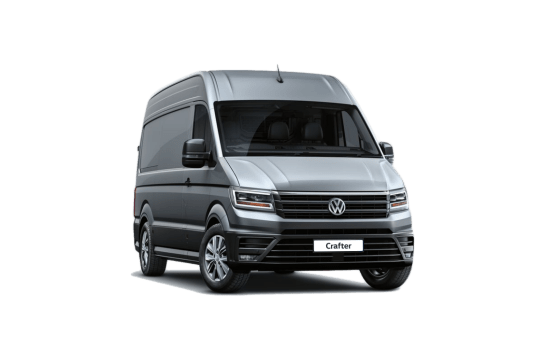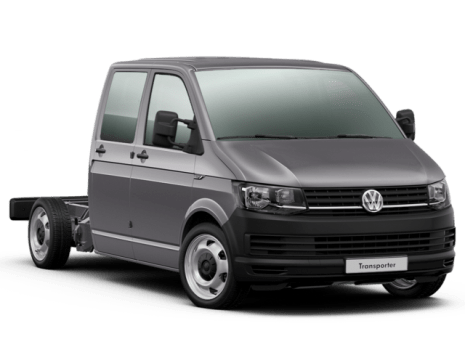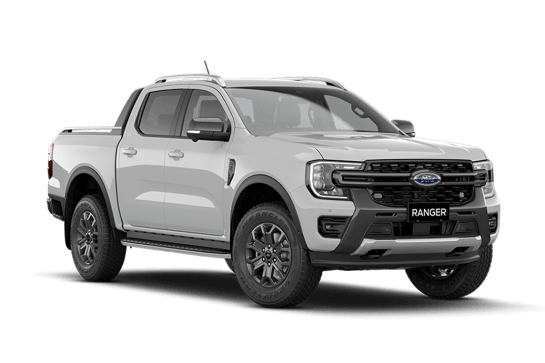
Ford Ranger VS Volkswagen Caddy 5
Ford Ranger
Likes
- Fun to drive
- Very comfortable on- and off-road
- Very capable off-road
Dislikes
- Expensive
- Sub-standard towing capacity
- Compromised touring potential
Volkswagen Caddy 5
Likes
- People mover/van in one
- Performance and comfort
- Fuel economy
Dislikes
- List price
- Tow ball download
- Turning circle
Summary
Ford Ranger
The Raptor is the Ford Ranger line-up’s high-end, high-performance ute that everyone knows about – but this version has a V6 engine, an upgraded suspension set-up and drive modes aimed at making it a built-for-purpose adventure machine.
But while it’s great for high-speed off-road shenanigans, does it have potential as a touring 4WD?
Read on.
Read more about
- The retro-cool Ford 4WD Australia needs! Ford Ranger and Everest-based Bronco goes hardcore off-roading with new special edition in the US
- Ford Mustang 2025 review
- Big change in Ford Australia's future? How Australia could benefit from the Blue Oval's new era in Europe that puts more Mustangs, Broncos and Raptors in its future
| Safety rating | — |
|---|---|
| Engine Type | 3.0L turbo |
| Fuel Type | — |
| Fuel Efficiency | 11L/100km |
| Seating | 5 seats |
Volkswagen Caddy 5
Volkswagen’s Caddy Life seven-seater combines compact dimensions with efficient use of internal space and seating flexibility to deliver an effective combination of comfort and utility.
We recently spent a week with the premium model to see if this people-mover can meet the diverse requirements of busy families for work and play, in a people-mover segment dominated by the Kia Carnival.
Read more about
- Every new Volkswagen electric car, SUV and passenger car: VW kicks off new model offensive with ID.4, ID.5, ID.Buzz, Golf facelift, next-gen Tiguan and Multivan
- Chinese rivals present 'serious situation' that could cause Volkswagen to close its factory doors for the first time
- Volkswagen Touareg 2025 review: 210TDI Elegance
| Safety rating | |
|---|---|
| Engine Type | 2.0L turbo |
| Fuel Type | Diesel |
| Fuel Efficiency | 4.9L/100km |
| Seating | 7 seats |
Verdict
Ford Ranger7.4/10
The Ford Ranger Raptor is a purpose-built adventure ute. It is comfortable to drive on-road and very capable off-road.
It’s a high-end, high-performance ute with a V6 engine, an upgraded suspension set-up and drive modes aimed at making it a built-for-purpose adventure machine.
It is, however, laser-focused on doing one thing supremely well – driving at speed on unsealed surfaces – and that means it falls short in a few other areas.
It's day-to-day drivability is less than ideal because of its size and fuel consumption and it lacks some potential as a touring 4WD because of its payload and the fact its towing capacity is below the industry standard.
But those factors aren't going to sway someone who is truly keen for the fun and thrills of driving a Raptor.
Volkswagen Caddy 58.3/10
Families could easily grow to like the Caddy Life. It’s not only enjoyable and economical to drive but its surprisingly spacious cabin offers comfortable seating for all three rows, two of which can be easily removed and replaced as required. It would be equally competent serving as both a weekday family carry-all and weekend escape machine.
Design
Ford Ranger
The Raptor is 5380mm long (with a 3270mm wheelbase), 2208mm wide, 1926mm high and it has a listed kerb weight of 2473kg.
This ute has been engineered – and marketed – as a high-performance off-road vehicle, so, in line with that it has a wide stance (with a 1710mm wheel track front and rear), big wheel arches, chunky side-steps and substantial tyres (BFGoodrich K02 high performance all-terrains, 285/70R17 on 17-inch alloys).
The Ford Performance Seats are embossed with the Raptor logo and there’s Code Orange accented stitching on the trim – so there’s Buckley’s chance of forgetting you’re in a Raptor.
The Raptor is one of the more distinctive-looking utes in a mainstream market flooded with vehicles of very similar appearance and, in terms of overall design, it easily takes on the likes of the Nissan Navara Warrior and Toyota HiLux GR Sport, if not besting them.
Volkswagen Caddy 5
The front wheel-drive Caddy Life rides on a 'Maxi' 2970mm wheelbase with MacPherson strut front suspension, multi-link rear suspension, electronic-assisted power-steering and four-wheel disc brakes. It has a 12.1-metre turning circle, which is larger than some one-tonne vans.
The spacious and airy feel of its cabin belies its relatively compact external dimensions, which are shorter in wheelbase, shorter in overall length and narrower (excluding door mirrors) than the Kia Carnival.
However, the Caddy Life is slightly taller than the Kia, resulting in generous headroom for all which enhances its spacious feel.
As a result, this cabin can comfortably accommodate passengers ranging from small kids to lanky teenagers to tall adults in all three rows, which we confirmed courtesy of my 186cm frame.
There’s ample space for the driver and front passenger and the second-row seating also offers adequate knee room, even for someone my height when sitting behind the driver’s seat in my position.
There’s less knee room in the centre position, though, due to the protruding console.
The second-row base cushions, which are split roughly 70/30, don’t have slide adjustment but you can alter the backrest angle. Although three kids could fit comfortably here, larger teens and adults would have limited shoulder room. So, for long trips with grown-ups, the second-row would work best with two.
And even though the third-row base-cushions are also fixed, the rearmost seating is remarkably spacious. Although the flat floor results in elevated knees for someone my height, it still provides enough foot, knee, shoulder and headroom for adequate comfort, so kids would find it even more accommodating.
Practicality
Ford Ranger
The Raptor’s interior is spacious but has a welcoming cosy feel and (despite Raptor logos and Code Orange stitching throughout) the cabin retains a low-level, cool atmosphere.
All controls are easy enough to operate – a lot of functions are accessed and adjusted via the 12-inch multimedia touchscreen and sometimes you have to repeatedly jab your finger at the screen to work your way through menus and sub-menus to reach the function you need. Thankfully, plenty of functions are via tangible off-screen buttons.
There are USB ports and a power socket up front and storage spaces in all of the usual places you’d expect: a two-level glove box, some hidey-holes (for your wallet, keys etc), a centre console, cupholders and bottle receptacles in the doors.
The sporty front seats are comfortable enough for long-distance trips and the back row is easily big enough for three kids or two adults and one man-child.
Rear-seat passengers have air vents, a fold-down armrest with cupholders and a space for a bottle in each door.
The Raptor’s tub is 1541mm long, 526mm deep, and 1578mm wide (with 1218mm between the wheel-arches). Load height is 870mm.
The tray has a spray-in tub-liner that seems quite durable, four tie-down points and a 12V socket.
Our test vehicle also had the optional power roller shutter ($3800). In the past, in any utes with a power or manual roller shutter, the storage drum for the roller shutter occupied quite a lot of otherwise useable space in the tub, but that’s no longer the case.
Volkswagen Caddy 5
With its 1742kg tare weight (unladen) and 2450kg GVM, the Caddy Life has a 708kg payload rating. In real world use, seven large adults would use up most if not all of that before you could add any luggage, so keep this load limit in mind if you need to carry half a rugby team to training.
However, for most urban requirements involving kids, this weight limit would be more than adequate if you need to haul them and their friends and their gear for a multitude of tasks, from weekday school runs to weekend sports to holiday getaways. And up to 100kg of that 708kg can be carried on the roof, which is ideal for storage solutions like roof-pods.
The Caddy Life is also rated to tow up to 1500kg of braked trailer. And with its generous 4213kg GCM rating (or how much it can legally carry and tow at the same time), that means it can haul its maximum payload while towing its maximum trailer weight, which is a handy capability for many work or play duties.
However, given the tow ball download (TBD) limit is only 75kg, that could present a challenge for those wanting to tow 1500kg given that TBD is usually around 10 per cent of trailer weight (or in this case about double the stated TBD limit).
Even so, one of the Caddy Life’s best features is the versatility of its second and third-row seats, which can be configured to significantly expand load volume.
For example, the backrests on both rows can be folded flat to provide a raised load floor sufficient for carting many bulky items from a load of cardboard for recycling to flatpack furniture.
However, if you need maximum load volume, the second and third rows can be easily removed from the vehicle to create a spacious van.
For starters, there’s more than half a metre of floor length and almost half a cubic metre of load volume behind the third-row seats, which is ideal for grocery shops, school bags and the like.
This expands to more than 1.4 metres of floor and more than 1.7 cubic metres of load volume when the third-row seat is removed.
This space expands again to more than 2.2 metres of floor length and more than 3.0 cubic metres of load volume with both the second and third rows removed.
That’s in the same ballpark as the small commercial van class (under 2.5-tonne GVM) and the sliding doors on either side provide similar load access, so in terms of moving either people or cargo, the versatility of this design makes it very efficient at both.
Given its primary role as a people-mover, there’s generous internal storage for personal items, starting with a large-bottle holder and deep bin in the base of each front door. There’s also a handy driver’s drawer in the right-side dash, open storage in the centre dash-pad and a large glove box.
The centre console has a pair of small-bottle/cupholders and there’s a lidded box at the rear. There’s also a full-width overhead shelf which can hold heaps of stuff and doesn’t feel too close to your forehead due to the generous roof height.
Second-row passengers get a small-bottle/cupholder and bin in each sliding door, plus there are pockets on the front seat backrests and some handy fold-down trays complete with cupholders which are ideal for snacks, games etc on long trips.
Third-row passengers are also well catered for with small-bottle/cupholders and storage on each side.
Price and features
Ford Ranger
This Raptor is a five-seat dual-cab ute with a 3.0 V6 petrol engine and 10-speed automatic transmission, all for an as-tested price-tag of $90,440 (excluding on-road costs). It has 'Code Orange' prestige paint ($700) and a power roller shutter ($3800) included in that pricing.
Standard features include an 12.0-inch centre-mounted portrait touchscreen multimedia system (with wireless Apple CarPlay and Android Auto), a 12.4-inch customisable digital cluster, heated and ventilated leather-accented 10-way power-adjustable front seats as well as selectable steering, damper and exhaust modes.
It also has a variety of drive modes ('Normal', 'Sport', 'Slippery', 'Mud/Ruts', 'Sand', 'Baja', 'Rock Crawl'), Ford Performance-developed Fox 2.5-inch live-valve internal-bypass shock absorbers, electronically-controlled front and rear diff locks, 285/70 R17 BF Goodrich K02 all-terrain tyres, 17-inch alloy wheels, dual tow hooks and a 2.3mm steel front bash plate.
Exterior paint choices include 'Arctic White' (at no extra cost) or 'Shadow Black', 'Meteor Grey', 'Conquer Grey', Code Orange (on our test vehicle) and 'Blue Lightning' – each costing $700.
Volkswagen Caddy 5
Our Life test vehicle is the premium offering in the two-model Caddy range, in this case powered by a TDI 320 2.0-litre, four-cylinder, turbo-diesel engine paired with a seven-speed dual-clutch automatic transmission.
Its list price of $56,790 is considerably more than the base model Kia Carnival diesel ($52,380) which offers an extra seating position. Our example is also finished in 'Fortana Red' metallic paint, which is an extra-cost option.
As the top-shelf model, the Caddy Life comes standard with 17-inch ‘Barahona’ alloys and 215/55R17 tyres plus a full-size steel spare, heated door mirrors, a power tailgate and side/rear privacy glass.
There’s also tasteful chrome detailing on the grille, roof-rails, sliding-door rails and body badges along with colour-coded bumpers and door-handles. Combined with the optional premium paint, this bling creates an upmarket appearance consistent with its premium model status.
Inside the carpeted and surprisingly spacious cabin are three rows of seating (the second and third rows are easily removable) neatly finished in ‘Trialog’ diamond-quilt-style fabric trim.
The driver is treated to keyless start, a multi-adjustable seat including four-way power lumbar support, a leather-wrapped multi-function steering wheel and a large left footrest.
There’s also an 8.25-inch colour touchscreen which serves as central command for the four-speaker multimedia system, with digital radio and multiple connectivity including Apple CarPlay and Android Auto.
Some vehicle settings, including climate control, auto stop/start etc are also touchscreen-controlled, but thankfully audio volume and tuning still use physical dials.
The family-friendly cabin also includes dual-zone climate control, heated front seats, wireless phone-charging, two USB-C ports, two 12-volt sockets, fold-down tables and heating/cooling vents for second-row passengers, LED reading lights, rear luggage compartment cover, lots of places to store stuff and more.
Under the bonnet
Ford Ranger
The Raptor has a 3.0-litre twin-turbo V6 petrol engine – producing 292kW and 583Nm – and that’s matched to a 10-speed automatic transmission.
This is an impressive set-up – punchy off the mark, smooth and refined at highway speeds – it just trucks along – and overall it offers a controlled and comfortable driving experience.
The Raptor has full-time 4WD and an electronic rear diff lock.
Its selectable driving modes include Normal, Sport, Slippery, Mud/Ruts, Sand, Baja, and Rock Crawl.
Volkswagen Caddy 5
Our premium grade Caddy Life is powered by VW’s excellent 2.0-litre four-cylinder turbo-diesel which produces 90kW of power at 2750-4250rpm and 320Nm of torque between 1500-2500rpm.
It’s paired with an equally refined seven-speed dual-clutch automatic gearbox, which provides the option of sequential manual-shifting in 'Sport' mode using the steering wheel-mounted paddle shifters. There's also an electronic diff lock.
Worth noting there's also a TSI220 version powered by a 84kW/220Nm 1.5-litre four-cylinder petrol engine.
Efficiency
Ford Ranger
The Raptor has an official fuel consumption figure of 11.5L/100km on a combined (urban/extra-urban) cycle.
I recorded 14.2L/100km on this test. I did a lot of high- and low-range 4WDing and the Raptor was never working hard.
The Raptor has an 80L fuel tank so, going by my on-test fuel-consumption figure, you could reasonably expect a driving range of about 563km from a full tank.
Volkswagen Caddy 5
VW claims an official combined (urban/extra-urban) cycle consumption of only 4.9L/100km. By comparison, the dash display was showing a more realistic 7.2 at the completion of our 230km of testing, which was a mix of city, suburban and highway driving with a variety of loads, from driver-only to all seven seats being filled when attending a sporting event.
The dash readout was very close to our own figure of 7.8L/100km, calculated from actual fuel bowser and tripmeter readings, which is still thrifty economy for a seven-seater.
So, based on our numbers, you could expect a ‘real world’ driving range of around 640km from its 50-litre tank.
Driving
Ford Ranger
This is a Raptor review so you might expect I’d be justified in spending the entire test doing donuts in the sand and taking on jumps that would make dirt-bikers wince, but as much as I wanted to, I didn’t. I live in the real world so my tests are about how a vehicle performs in day-to-day driving and especially off-roading.
But to reach the dirt you have to drive a bit of blacktop – so how does the Raptor perform on-road?
Once underway, there is plenty of good news about the Raptor because it is nice to drive on road: a composed stance, impressive acceleration with more get-up-and-go thrust under foot courtesy of the V6 and comfortable ride and handling. This is an easy-driving 4WD ute.
For a vehicle intended to be a great go-fast machine on dirt roads and gravel tracks – which, of course, it is – the Raptor is a pleasant surprise on bitumen – refined and comfortable with its off-road-suited long-travel Fox suspension that soaks up the worst lumps and bumps of back-road blacktop, yielding a smoothed-out plush ride.
As a bonus the steering has a sharp feel and a nice balanced weight to it – you can cycle through different modes ('Normal', 'Comfort', 'Sport', 'Off-Road') to find your favourite – and the gutsy V6 and clever transmission is a supremely relaxed pairing.
There are also selectable damper modes ('Normal', 'Off-Road', 'Sport') and exhaust modes ('Quiet', 'Normal', 'Sport', 'Baja'). The latter exhaust setting is only available when in off-road mode and is more of a novelty, but still fun to play around with and a cool addition to the Raptor package.
On the open highway at 110km/h, the Raptor sits nicely, with that wider wheel track giving this ute a settled posture, and it comfortably trucks along the road, no matter how bumpy that road becomes.
Then you take it off the sealed surface.
The Raptor has all the mechanicals and the tech set-up for driving dirt roads and gravel tracks at speed, there’s no denying that, but all of those factors don't necessarily make it a good 4WD or indeed a good 4WD touring vehicle.
However, it is.
It’s smooth and refined on fast dirt tracks and gravel roads – it’s right at home. The Raptor has that aforementioned wide wheel track and, even if the terrain is particularly severe, it drives comfortably.
And any doubts about its ability to tackle low-range 4WDing are swiftly dispelled.
I scaled several of our favourite set-piece hill-climbs without the front or rear diffs locked, and the Raptor did it with absolute control and absolute ease.
It's very capable and ticks all the boxes in terms of ground clearance (listed as 272mm), off-road angles (approach: 32 degrees, departure 24 (with towbar, 27 without) and rampover 24 degrees) and wading depth (850mm).
There’s ample torque available and it’s delivered in an even-handed manner; the Raptor has front and rear diff locks; and the driver-assist tech set-up is comprehensive and low-key effective.
Case in point, I used 'Trail Control' mode (a form of low-range ‘feet-off-the-pedals’ cruise control) to set the speed (2.0km/h) for a steep hill and it kept the Raptor to that speed – complete control at all times, no matter how the severity of the incline changed.
The Raptor also has an onboard 360-degree camera system, giving the driver the ability to see forward of the vehicle, which is handy because this ute has a substantial bonnet. You can't see the track in front of you over the bonnet, especially when climbing a steep hill.
It’s such a great combination of mechanicals and driver-assist tech and Fox shocks, long wheel travel and proper all-terrain tires (BFGoodrich K02s) that it’s a near-complete package, especially in terms of being an effective off-road vehicle.
But if you’re considering a Raptor as a touring vehicle, there are some things working against it – and those things have to do with weight.
Payload in the Raptor, at just over 717kg, is not spectacular, but it’s in line with a lot of modern dual-cab utes. However, it’s far from ideal if you're looking at putting aftermarket equipment on it or even loading up with camping gear.
And another thing is the Raptor doesn't have an industry standard braked towing capacity for a dual-cab ute: it can legally tow 2500kg – the industry standard for similarly sized utes is 3500kg. Unbraked towing capacity is 750kg.
And though the driver-assist tech onboard is comprehensive and effective, the Raptor misses out on a tow/haul drive mode.
For your reference, kerb weight is listed as 2473kg, GVM is 3130kg, and GCM is 5370kg.
If you’re looking specifically for a tow vehicle, then look elsewhere, but if you're looking for thrills and fun in a capable off-road vehicle, the Raptor should be at the top of your list.
Volkswagen Caddy 5
It exudes solid build quality and design integrity with light and responsive steering, strong braking and a typically European ride that strikes the right balance between the firmness needed for reassuring handling response and the suppleness needed to soak up bumps.
The seven-speed dual-clutch auto does a good job keeping the turbo-diesel operating within its torque sweet-spot between 1500-2500rpm for most of the time, where engine response is at its strongest in city and suburban driving.
Even when hauling a sizeable payload, as we did with all seven seats occupied, the 2.0-litre engine’s hearty 320Nm of torque maintained good response around town, where it didn’t feel overly sluggish or require manual-shifting to sharpen its response under this load.
It’s also a relaxed highway cruiser, requiring only 1600rpm to maintain 110km/h. Noise suppression is also commendable at these speeds, with negligible engine, tyre and wind noise intrusion.
Safety
Ford Ranger
The Raptor does not have an ANCAP safety rating because it has not been tested.
As standard it has nine airbags (front, side, knee and full-length curtain (driver & passenger and far side driver front airbag), and driver-assist tech includes AEB, adaptive cruise control, blind-spot monitoring, lane-keeping assist, front and rear parking sensors, tyre-pressure monitoring, a 360-degree camera and more.
Volkswagen Caddy 5
It has a maximum five-star ANCAP rating awarded in 2021 (expires Dec 2027). Passive safety includes front, side and centre airbags for driver and front passenger plus side-curtain airbags for all three rows.
The extensive active safety menu includes AEB with pedestrian and cyclist monitoring, lane-keeping, blind-spot monitoring and rear cross-traffic alert, autonomous oncoming vehicle braking when turning, front and rear parking assist, reversing camera, tyre pressure monitoring and lots more.
There are three top-tether child-seat restraints for the second-row and two for the third-row, plus two ISOFIX anchorage points for both the second and third-rows.
Ownership
Ford Ranger
The Raptor has a five-year/unlimited-km warranty. That’s in line with its rivals except for Mitsubishi, which offers up to 10 years, and Isuzu, which offers up to six years.
Servicing is scheduled for every 12 months or 15,000km and each visit costs $379 which is competitive – but check with your local dealership for the most up-to-date details.
Volkswagen Caddy 5
Warranty is five years/unlimited km plus 12 months roadside assist.
Scheduled servicing is every 12 months/15,000km whichever occurs first.
Capped-price for the first five scheduled services up to five years/75,000km totals $3275, or an average of $655 per year. VW also offers pre-paid five-year service plans which offer significant savings.



